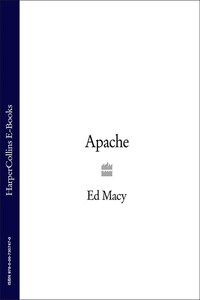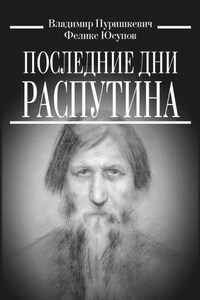TUESDAY, 4 JULY 2006
Camp Bastion, Helmand province, southern Afghanistan
2255 hours local
The helicopter god was nearly out of miracles.
3 Para’s A Company had never intended to stay in Sangin; they’d just dropped by to reassure the local elders that we were on their side. Then Intelligence reported that they’d walked right into the hornet’s nest—the Taliban’s only senior command and control location in southern Helmand—and the head shed ordered them to hold out at all costs.
Sangin had been under siege for weeks now; the Taliban had been hammering the place morning, noon and night. Their objective was simple: to injure a British soldier seriously enough to force a casevac helicopter insertion, and take out the ‘cow’ as it landed.
In the meantime they were amassing enough anti-coalition militia to rip the District Centre (DC) to shreds.
Thirty or so Paras were locked down in the platoon house, running perilously short of food and ammunition. Three of them had died a couple of days ago, and another was killed this morning while trying to secure the landing site for a casevac mission launched to recover a badly injured survivor. The Taliban were a hair’s breadth away from bringing down a Chinook with its crew, surgeon, anaesthetist, and the rest of the medical team on board.
We were called into Ops just before last light. More soldiers had been hit. One of them had spiralled from badly injured to critical. He’d last the night, but needed to be in the Bastion field hospital before lunchtime tomorrow. In any other theatre of conflict he’d have been Priority One and flown out immediately.
Lieutenant Colonel Stuart Tootal, Commanding Officer (CO) of 3 Para, only had a brief window in which to pull out his injured and Killed in action (KIA) and replenish the DC with men and supplies. The Taliban usually attacked ferociously at night, melted away before first light, then kicked back in with snipers after morning prayers. But now they knew that a casevac was imminent, we reckoned that rest and prayers would have to wait.
We’d been given permission to fire into known Taliban positions to prevent them from engaging the Chinooks. The enemy could only engage the landing site (LS) from two long, irrigated tree lines and a smashed-up building with four firing ports in its wall. I’d spotted a bunch of empty shells and an escape ladder there, so the ground troops had nicknamed it ‘Macy House’.
Our plan was simple.
Jake and Jon in their Apache had the callsign Wildman Five Two and Simon and I in ours were Wildman Five Three. We would go in all guns blazing. We’d run in from the south with rockets then engage Macy House and the wooded hedge lines with 30 mm High Explosive Dual Purpose (HEDP) rounds as the Chinooks landed from and departed to the north. Bad light, the element of surprise and a curtain of dust from the Chinook rotors should do the rest.
It was blunt and effective, and we were good to go.
Until Whitehall intervened…
The Commanding Officer of the Joint Helicopter Force (Afghanistan) (JHF(A)) called the Officer Commanding 656 Squadron Army Air Corps (AAC) on a secure telephone to explain. He was put on speakerphone.
Major Will Pike, A Company’s OC, had assured them that there were no civilians in that area of Sangin. They had also been made aware that a soldier had lost his life trying to secure the LS, and that a Chinook would soon follow. But the British government would not allow Apaches to use prophylactic firing into known Taliban positions. We could only fire in self-defence, or in defence of troops in contact.
In other words, we couldn’t engage until we’d received incoming fire.
The CO apologised; he’d done everything he could. Whether we risked it was now down to us.
The OC, Major Black replaced the handset.
The surgeon confirmed that the soldier would die without his intervention, but it was down to Squadron Leader Woods. Woody was leading this casevac. He never asked his pilots to do something he wasn’t prepared to do himself.
Eventually we agreed that the Apaches would go to Sangin early and cause a deception. We’d pretend we were out looking for the Taliban firing positions. Just before the Chinooks arrived we’d appear to find them at Macy House and in the woods and engage them; to satisfy the Rules of Engagement (ROE) we’d fire just in front of their positions.









